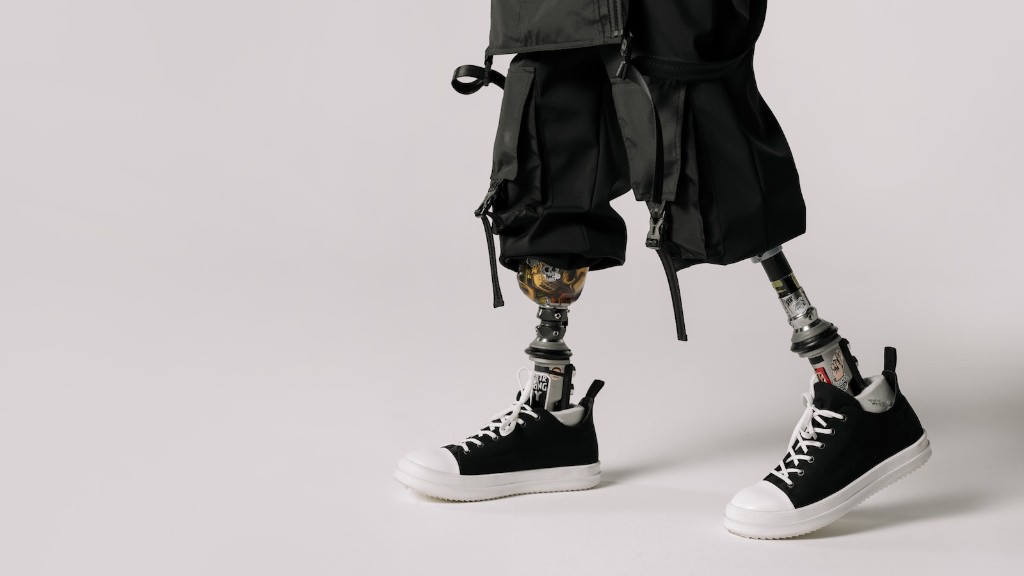Lower Limb Prosthetics and Orthotics
Advances in technology have led to significant improvements in the field of lower limb prosthetics and orthotics. These advancements have brought both positive and negative implications for individuals with limb loss or impairment. While prosthetic devices offer improved mobility and functionality for amputees, they also present challenges such as cost, comfort, and social acceptance.
Enhanced Mobility and Functionality
Prosthetic limbs have come a long way in providing enhanced mobility and functionality for individuals with lower limb loss or impairment. With the utilization of modern materials and sophisticated designs, prosthetics can now closely mimic the movement and function of natural limbs.
For amputees, this means a significant improvement in prosthetic technology, leading to increased independence and quality of life. Studies have shown that individuals using prosthetic limbs are able to perform daily activities with greater ease and efficiency, thus reducing the impact of their disability on their overall well-being.
Moreover, advancements in the field of orthotics have also contributed to the improved functionality of lower limbs. Orthotic devices, such as braces and supports, provide stability and assistance to individuals with conditions like arthritis or musculoskeletal disorders. These devices enable individuals to perform physical activities without discomfort or pain, thereby allowing them to maintain an active lifestyle.
The Cost and Accessibility Barrier
While lower limb prosthetics and orthotics offer immense benefits, the cost associated with acquiring and maintaining these devices may serve as a significant barrier for many individuals. Prosthetic limbs can be prohibitively expensive, especially for those without adequate insurance coverage. The cost of fitting, adjusting, and replacing prosthetics over time adds to the financial burden faced by individuals with limb loss.
This cost barrier becomes even more challenging in developing countries or regions with limited access to healthcare resources. In such areas, individuals with limb loss often struggle to obtain the necessary prosthetic or orthotic devices, further exacerbating the impact of their disability on their daily lives.
Social Acceptance and Psychological Impact
Another aspect worth considering is the impact of prosthetic devices on individuals’ social acceptance and psychological well-being. Despite the remarkable advancements in technology, individuals with prosthetic limbs may face societal stigma or discrimination.
Studies have shown that the appearance of artificial limbs can affect how individuals are perceived by others and may influence their social interactions. This social impact can result in psychological distress, decreased self-esteem, and a sense of identity loss for those wearing prosthetic devices.
Food for Thought: Moving Toward Inclusivity
While lower limb prosthetics and orthotics offer significant benefits to individuals with limb loss or impairment, it is crucial to address the challenges associated with availability, cost, and social acceptance. Governments, healthcare systems, and the prosthetic industry must work together to make these devices more accessible and affordable.
Efforts should be made to collaborate with research institutions and engineers to develop more affordable and durable prosthetic solutions. Additionally, raising awareness about the importance of social inclusivity and educating the public about the potential of individuals with prosthetic limbs can help break down societal barriers.
Ultimately, the aim should be to create a world where individuals with limb loss or impairment have equal opportunities and access to resources that enable them to lead fulfilling lives.



